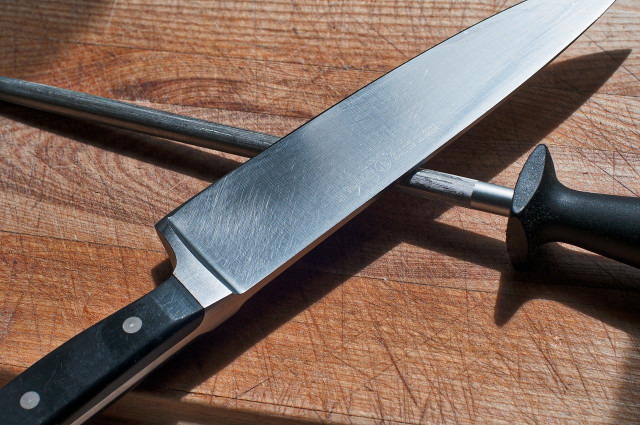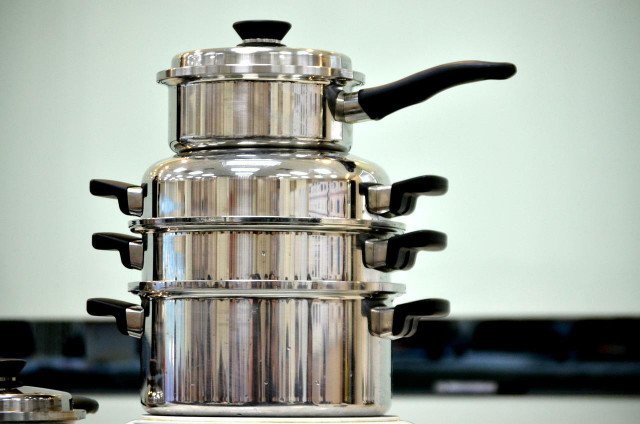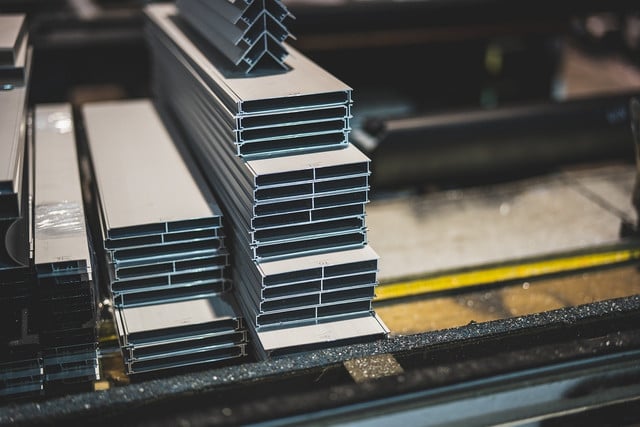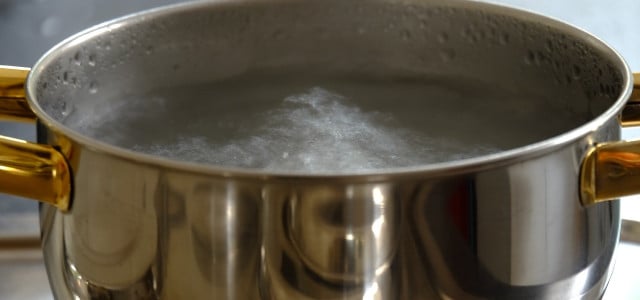Stainless steel is one of the materials that people often check when looking for non-toxic cookware. But is stainless steel cookware safe and sustainable?
Going green and ensuring the sustainable use of the world’s resources is a growing necessity. More people are inquiring into the sustainability of their wares than ever before in all aspects of their lives. Stainless steel cookware is safe, provided that you’re well-informed on how to choose one and how to safely use it.
What is Stainless Steel?

Stainless steel isn’t strictly speaking a metal, it’s an alloy. This means that it’s a metallic substance made from a combination of two or more elements. Stainless steel is mainly a combination of iron, carbon, chromium, and nickel, however, it can also contain molybdenum, titanium, and copper. To be classified as stainless steel, the alloy needs a minimum of 10.5% chromium. The inclusion of chromium and nickel set stainless steel apart from other steels, as they are what make it corrosion and rust-proof.
One of the main advantages of stainless steel as an option for cookware is that it does not rust or corrode as easily as other metals such as iron and aluminum. There is also no additional coating required.
Is Stainless Steel Cookware Safe?



Stainless steel is non-reactive and therefore poses no adverse health effects. As a cookware material, stainless steel is required to be made up of at least 16% chromium to be considered safe. However, it can still be affected by leaching.
Leaching occurs when stainless steel is repeatedly subject to intense acidity or scoured and scrubbed too hard when it’s cleaned, one or more of its components may dissolve into a liquid form and be absorbed by the food you’re eating. However, this really isn’t something to start a panic over. The elements that are most commonly leached are naturally occurring compounds, which only pose serious health threats when consumed in large quantities over a longer period of time.
Naturally, if you are sensitive or allergic to chromium or nickel, then you should think twice before using stainless steel. Stainless steels that are low quality or damaged tend to have the risk of leaching these substances.
Is Stainless Steel Sustainable?
Metals and alloys lose none of their properties, even after multiple recycling loops, since the metallic bonds are always able to reform into their original structure. In comparison, the characteristics of most non-metallic materials degrade after recycling and cannot be recycled multiple times.
This makes stainless steel a good material for sustainable solutions as it is 100% recyclable, as well as being highly cost-efficient and long-lasting.
However, assessing the sustainability of stainless steel as a material depends on a few other factors other than its ability to be recycled, it concerns the whole cycle of a product construction. From raw material acquisition, through planning, design, construction and operations, to final demolition and waste management.
Environmental, Social, and Economic Sustainability



Worldstainless.org claims that stainless steel meets the criteria of the “triple bottom line” or environmental, social and economic sustainability.
Environmental sustainability.
- Stainless steel needs low maintenance and is long-lasting. Its ability to be recycled indefinitely significantly lowers its carbon footprint.
- The raw materials are usually melted using electric furnaces with advanced computer controls that ensure efficiency in electricity use.
- The by-product from the melting is collected for reuse or to be supplied for other uses like roadbed material.
- Water is reused up to 100 times for the cooling process before it is finally treated by a filtration system and discharged.
Social sustainability.
- The production of stainless steel does not harm the people who produce, use, recycle, or dispose of it.
- Stainless steel doesn’t require surface coatings, which may end up deteriorating and probably pollute the environment.
- Improves the quality of life by making technical advances possible.
Economic sustainability.
- The industries producing the material show long-term sustainability and growth.
- The durability of stainless steel significantly contributes to the minimization of resources.
- There’s no product failure or corrosion, so there is no need to acquire new replacement resources.
- Across the globe, metal scrap dealers collect stainless steel, then send it back for melting.
Obviously, just because stainless steel cookware is sustainably produced, it doesn’t mean you should go out and buy it brand new when you don’t need it. Sustainable living is a zero-waste lifestyle, and you should always utilize what you have until it is completely unusable before consuming new goods.
How to Care for Your Stainless Steel Cookware
Properly caring for your stainless steel cookware will ensure it lasts you for years. Here are some tips to help keep your cookware as good as new:
- Ditch scouring pads and highly abrasive cleaning products. Try an all-natural stainless steel cleaner or soak pans in warm soapy water to get rid of though baked on matter.
- Avoid cooking dished with high acidic content if you can. This includes many spicy dishes and anything with tomatoes.
- If you can’t avoid acids, clean your pans as soon as you’re finished cooking.
- Never scratch your stainless steel. This includes when cooking and cleaning, as you should always clean your pans in the direction of the grain of the steel.
Is Stainless Steel a Safe Cooking Option for You?



There is really no real definitive answer on whether stainless steel is a safe cooking option for you as it really depends on your personal lifestyle. Since stainless steel is a sustainable material, if you need to invest in a new pan, we would definitely recommend one for that reason.
However, aside from the material aspect of stainless steel, there are some more practical facets you should consider especially when deciding between stainless steel and non-stick or cast iron cookware:
- What types of foods do you eat – some foods cook at lower temperatures and so actually the non-stick option might be better for you.
- Stainless steel will tend to be more expensive than the nonstick brands and will almost always outlast the nonstick versions.
- Nonstick is much better for those who a looking to cook without the use of oils.
At the end of the day, your health is priceless and should be invested in by you whenever you can and this is especially important when it comes to cooking.
Read more:
- What is Modal Fabric and Is It Really Sustainable?
- Yellow Broccoli: Is It Safe To Eat?
- How Sustainable are Online Streaming Services Really?
Do you like this post?






